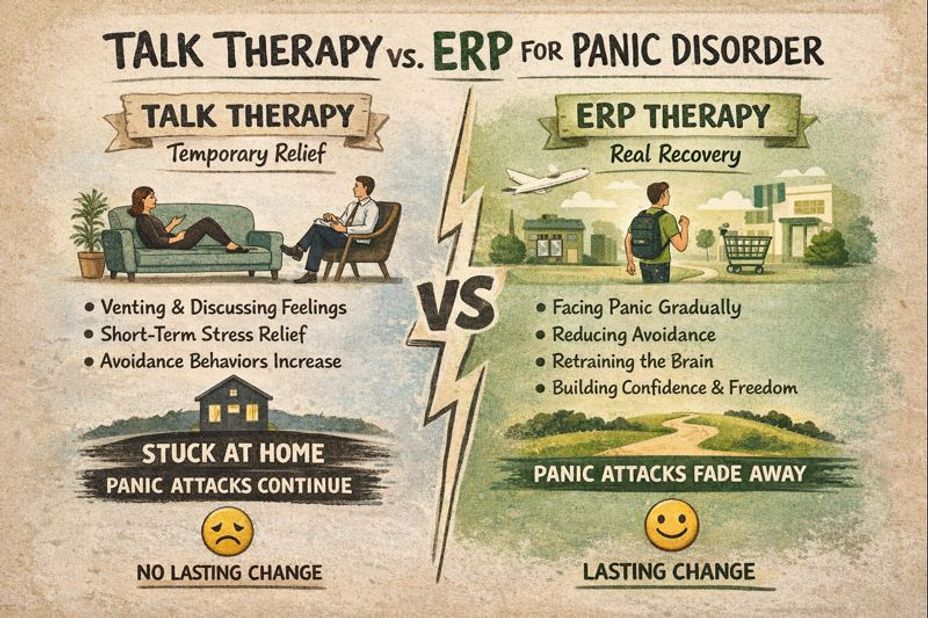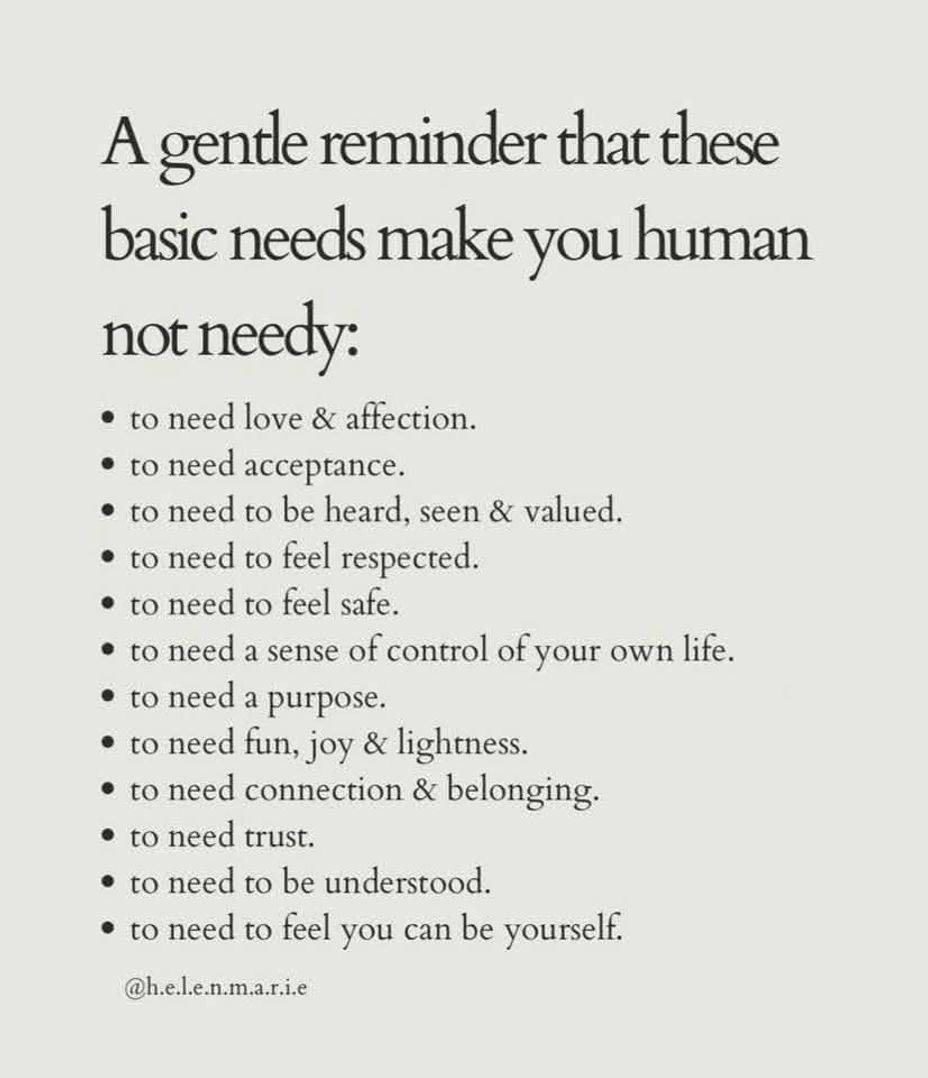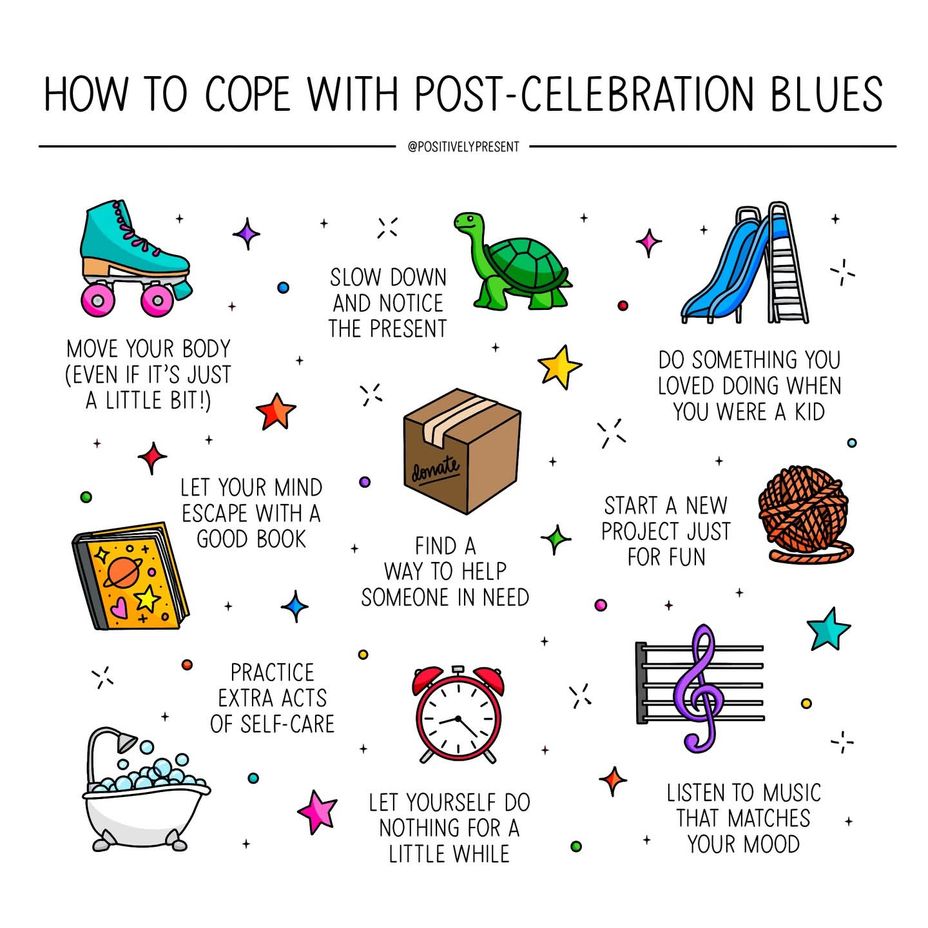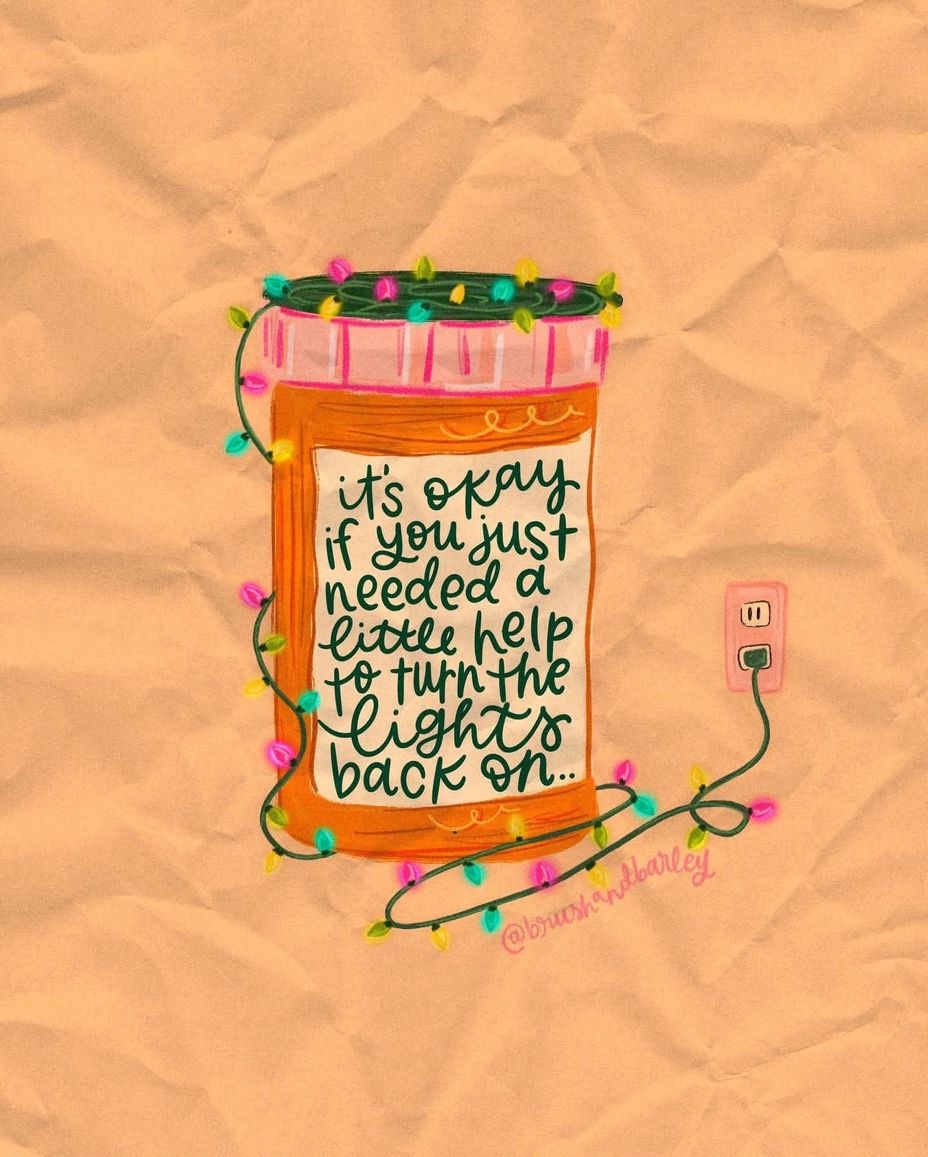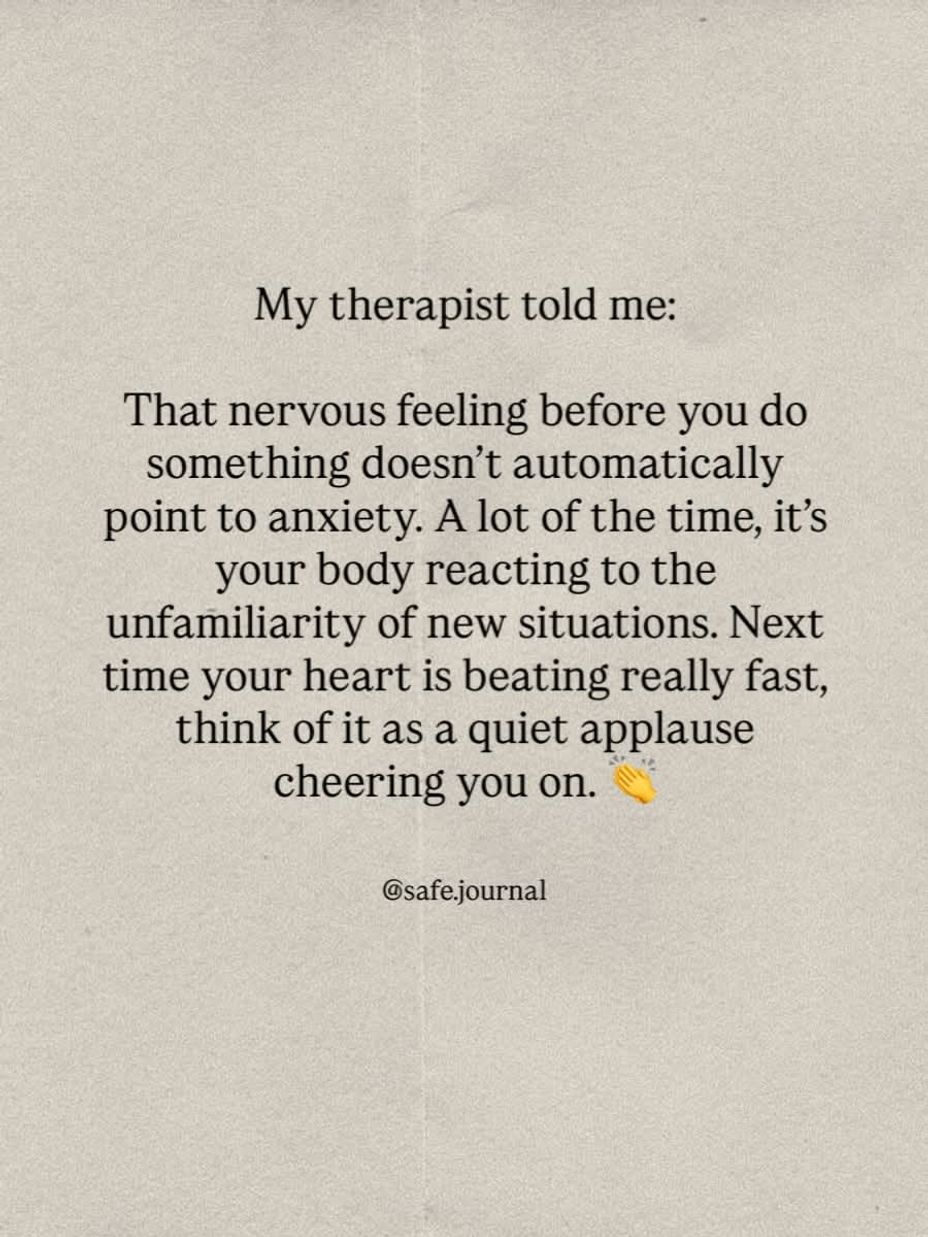When Panic Attacks Are Running Your Life — There Is a Way Out
If you live with panic attacks or panic disorder (with or without agoraphobia), you already know how consuming they can be. The racing heart. The fear of losing control. The constant scanning of your body. Over time, life can quietly shrink—avoided places, canceled plans, and staying home because it feels safer. Your family and loved ones just don't understand that you are trying your best, but anxiety often wins.
Many people come to therapy having talked extensively about their panic. While that can bring temporary relief, it often doesn’t lead to lasting change. Venting helps you feel better in the moment, but it rarely teaches your nervous system that panic itself is not dangerous.
I understand this deeply—because I was once skeptical myself about Exposure and Response Prevention (ERP).
When I first learned ERP for panic attacks and panic disorder, I remember thinking: This feels too structured. I don't think my clients will like it. It is too methodical. Where is the space to vent? To connect? How can healing happen without open-ended talk therapy?
What I learned—through training, experience, and watching clients reclaim their lives—is this:
The process is what heals.
My hunch was right. Many of my clients did not like the process, but they disliked -- or hated -- panic attacks even more. They chose to be uncomfortable in therapy for the short term in order to no longer have panic attacks ruining their life for the long term.
ERP doesn’t just reduce stress; it retrains the brain and body. Instead of avoiding panic symptoms or organizing life around preventing them, clients learn—step by step—how to face panic safely, until the fear loses its grip. In many cases, panic attacks are extinguished altogether. In others, they become truly manageable, no longer dictating choices or limiting relationships. For many people, staying home once felt like the solution. Over time, it became the problem.
If you’re done talking about panic—and ready to do something about it—ERP may be the next step. Here are the Core Principles of ERP treatment for Panic Attacks or Panic Disorder:
Intentional exposure to feared bodily sensations (not avoidance)
Response prevention—reducing safety behaviors and coping rituals
Learning through experience that panic is uncomfortable, not dangerous
Habituation and inhibitory learning over time
Between-session practice and healing assignments to reinforce real-world change
Therapist guidance and collaboration throughout the process
Ready for a Different Outcome?
If panic attacks are controlling your life—and you’re ready to move beyond temporary relief toward real change—I invite you to take the next step, find a provider that offers ERP, a robust, evidence-based treatment therapy that goes beyond talk therapy to provide life-changing results.#stoptalkingaboutpanic #erp2treatpanic
You don’t have to live smaller to feel safe.
